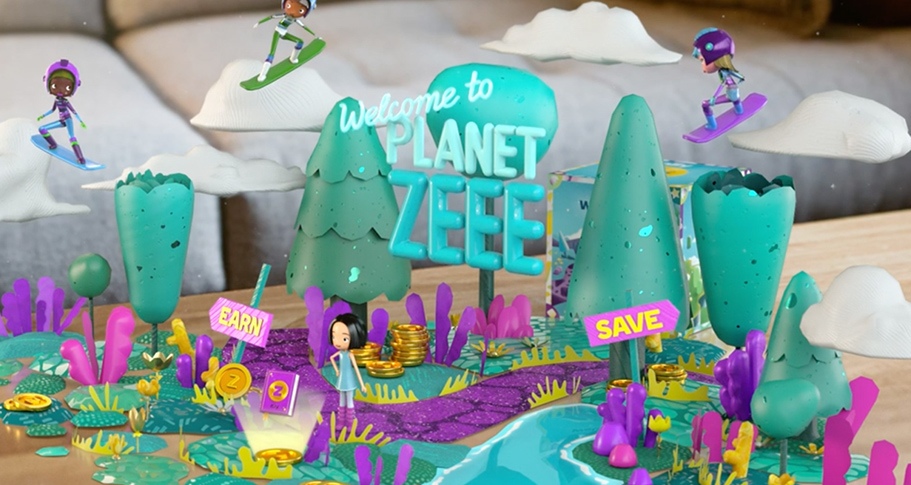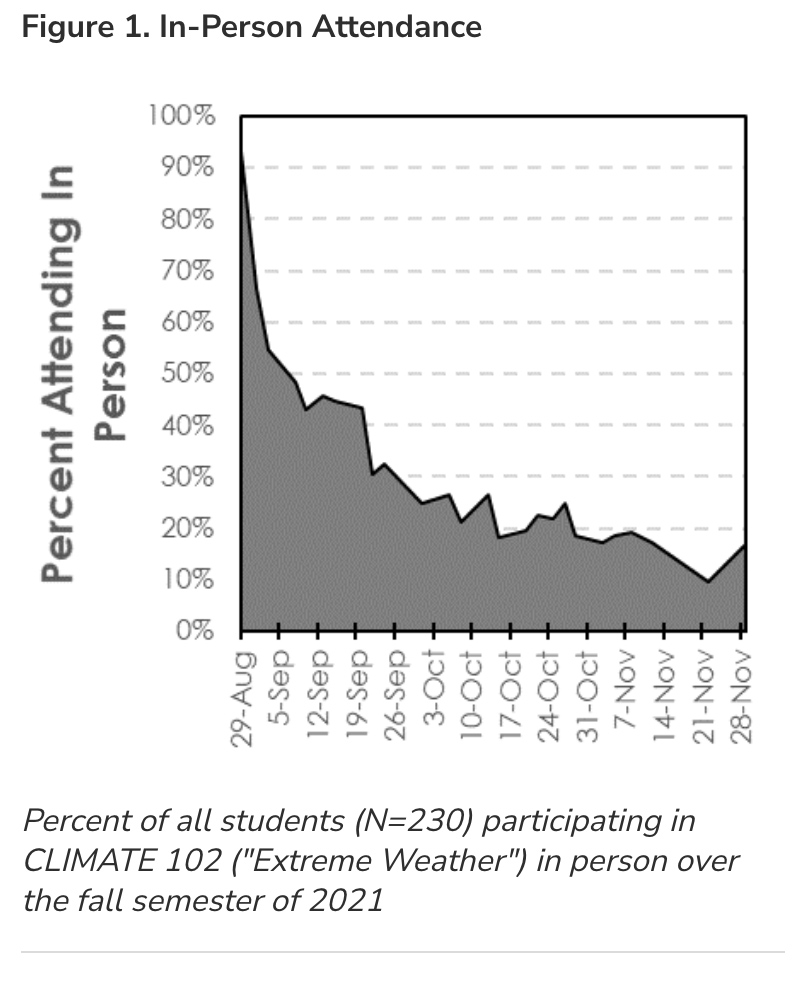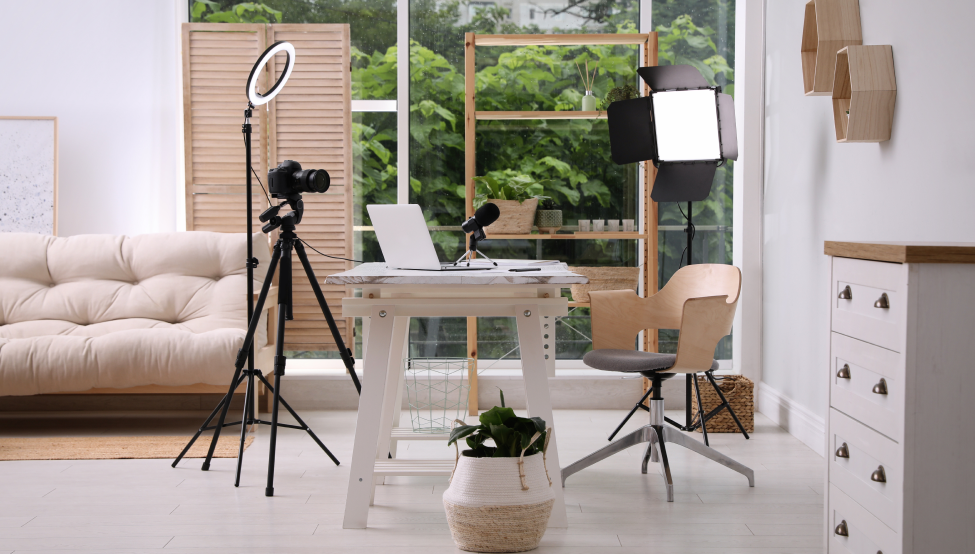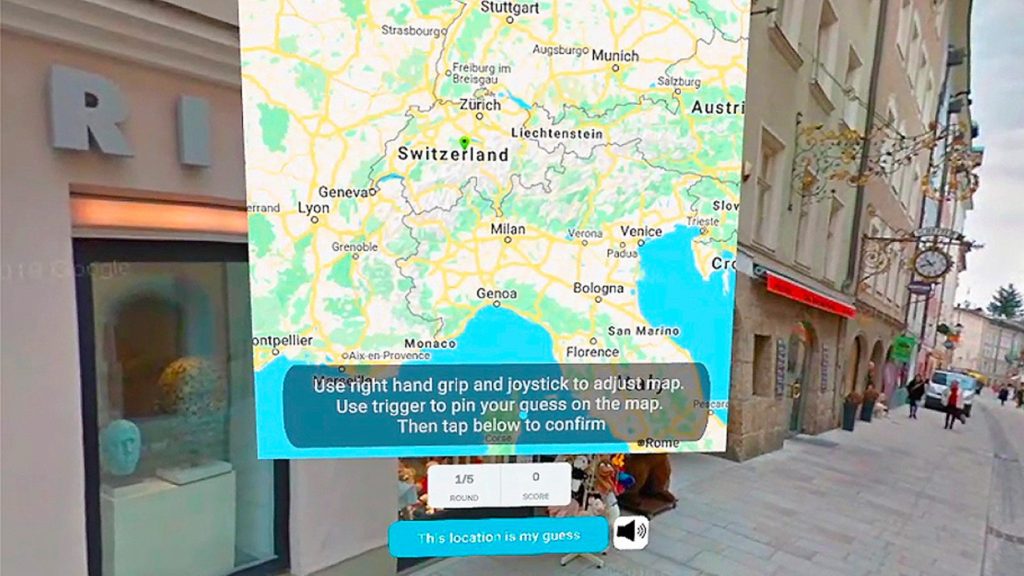Where’s the upskilling and reskilling market headed? — from edtechreview.in by Priyanka Gupta
Upskilling and Reskilling are the new buzzwords in the edtech industry and corporate learning. With times changing at light speed, unlearning and relearning have become the norm.
Excerpt:
To understand more about the reskilling and Upskilling market, read further about:
- The Need of Upskilling and Reskilling
- Workforce Shift and The Upcoming Trends
- The Key Element in the Future of Upskilling
- The Challenges Ahead
Life of Technical Skills
Technical skills change rapidly. The industry standards for technologies and processes shift more quickly than any education system can turn out leaders. A survey by Prudential reveals that only 46% of working professionals think their skills will make them competitive in the coming ten years. Unless the skill providers speed up their initiatives or programs’ design, development and deployment, organisations and professionals will struggle to find relevancy in jobs and employees relating to skill levels with the dynamic nature of technology and related jobs.















